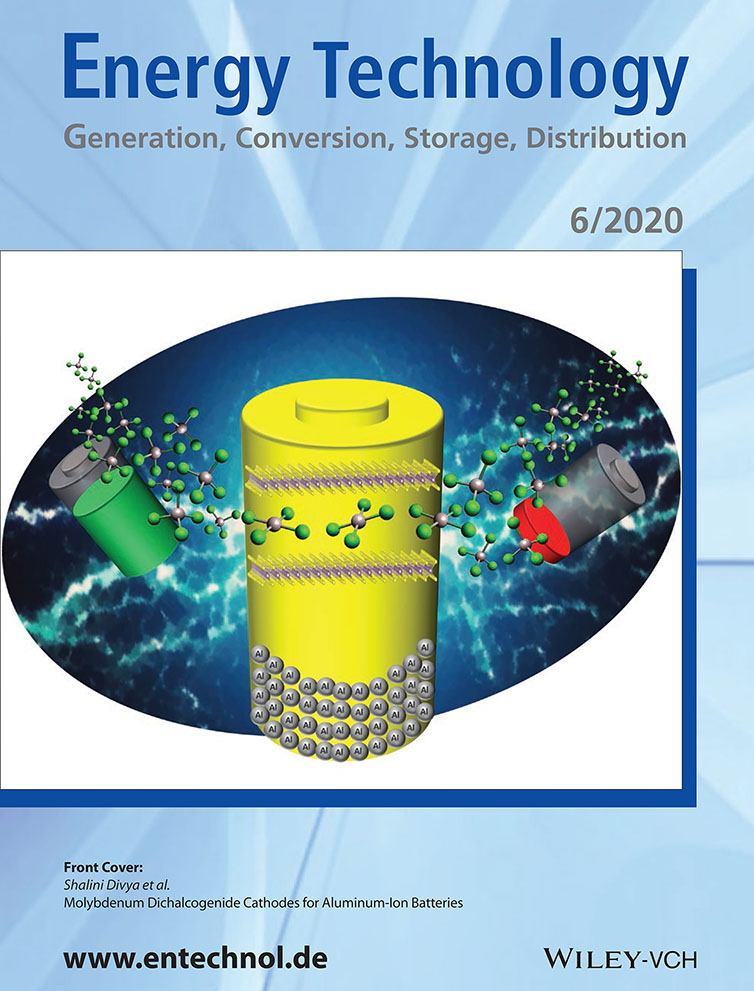High Capacity and Reversibility of Oxygen-Vacancy-Controlled MoO3 on Cu in Li-Ion Batteries: Unveiling Storage Mechanism in Binder-Free MoO3−x Anodes
Abstract
MoO3 has great potential as an electrode for lithium-ion batteries due to its unique layered structure that can host Li+. Despite high theoretical capacity (≈1117 mAh g−1), MoO3 is not widely used simply because of poor rate capability due to lower electronic conductivity and severe pulverization. The Li-storage mechanism in MoO3 is also still unclear. Herein, oxygen-vacancy-controlled MoO3 is used without any additional binders and conductive materials to directly examine the Li-storage mechanism on MoO3−x. Li-storage capacity based on the reversible formation/decomposition of solid-electrolyte interphase (SEI) films and the transformation of MoO3−x to amorphous Li2MoO3 is demonstrated. The surfaces of MoO3−x are conjugated with Cu2O nanoparticles via annealing at 200 °C. Cu2O acts as an effective catalyst for the formation of SEI films and the reversible reaction of MoO3−x with Li+ ions. As a result, Cu2O@MoO3−x exhibits a charge capacity of 1100 mAh g−1 after the second cycle and maintains a high reversible capacity, whereas MoO3−x exhibits a charge capacity of 900 mAh g−1 and fades to 590 mAh g−1 after 100 cycles at 1 A g−1.
Conflict of Interest
The authors declare no conflict of interest.




